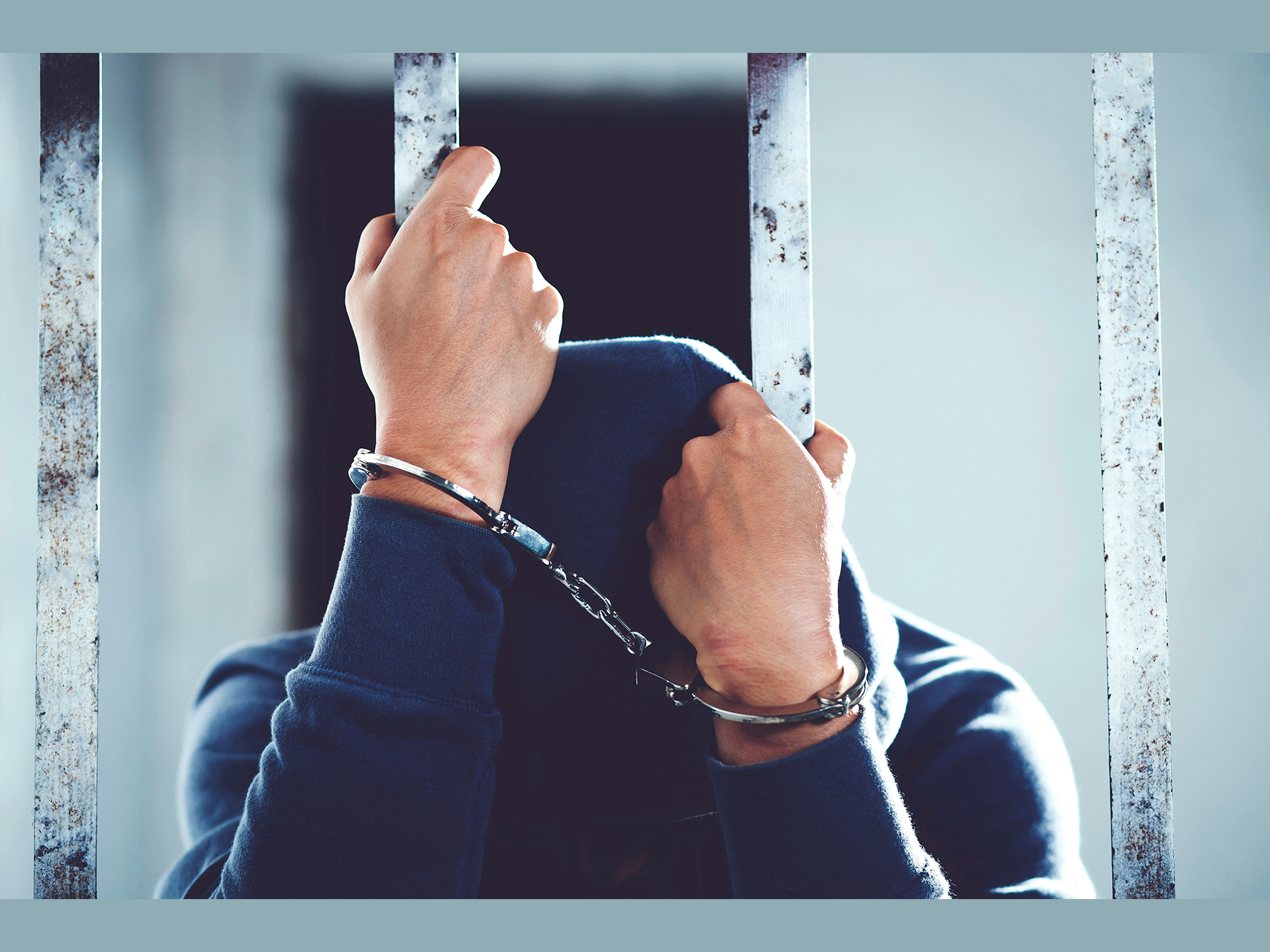Restorative justice as a means for desistance with crime
DOI:
https://doi.org/10.29059/rdycsv.v4i2.151Keywords:
Criminal desistance, Restorative justice, FrustrationAbstract
This article is the result of an investigation, where the analysis of data derived from various theories related to antisocial behavior and its impact on restorative justice as a means of criminal desistance was used as a technique, contributing to deactivate these antisocial and criminal behaviors essentially caused by frustration, stress, anger, depression or anxiety and of course the apathy of a society.
The objective of this research is to publicize the dynamics of criminal desistance and how to stimulate it through restorative justice processes, thus identifying the elements that drive people to adopt criminal behavior, and analyze the factors that hinder desistance. crime and establish strategies to eradicate them.
For the development of this work, it was decided to use the methodology on the analysis of various documented theories, which have been scientifically proven and help to form a restorative vision on criminal desistance, obtaining very promising results in the use of justice programs. restorative justice with adolescents who are serving the internment sanction measure, among the results are adolescents who have abandoned criminal behavior and adopted positive life projects, however, there is still a long way to go and demonstrate that restorative justice has a positive impact on the brain of people.
References
Barros, C. (2015). Justicia Restaurativa Amanecer de una era: aplicación en prisiones y centros de internación de adolescentes infractores. México D.F., México: Porrúa.
Berelson, B. (1952). Content Analysis in Comunication Research. Glencoe: Free Press.
Breuning, L. G. (2017). Los Habitos de un Cerebro Felíz (3ra ed.). España: Obelisco.
Calderón, P. (2009). Teoría de conflictos de Johan Galtung. Revista de Paz y Conflictos(2), 60-81. Obtenido de https://www.redalyc.org/articulo.oa?id=205016389005
Davidson, J. S. (1980). Psicopatología: Teoría del aprendizaje, investigación y aplicaciones. México D.F., México: Trillas.
Elder, G. H. (March de 1994). Time human agency, and social change: Perspectives on the life course. Social Psychology Quarterly, 57(1), 4-15.
Garrido, V. (2003). Psicópatas y otros delincuentes violentos. España: Tirant lo Blanch.
González, M. (2008). Derechos humanos de los niños: una propuesta de fundamentación. México: Universidad Nacional Autónoma de México. Obtenido de http://ru.juridicas.unam.mx/xmlui/handle/123456789/11454
Maruna, S. (2001). Making Good: How Ex-convicts Reform and Rebuild Their Lives (1ra ed.). Whashington, D.C., U.S.A: American Psychological Association.
Moliné, J., & Larrauri, E. (2014). Teorias Criminologicas. Explicacion y Prevencion de la Delincuencia. México: Bosch México.
Oficina de las Naciones Unidas contra la droga y el delito. (2006). Manual sobre programas de justicia restaurativa. Nueva York. Obtenido de https://www.unodc.org/documents/justice-and-prison-reform/Manual_sobre_programas_de_justicia_restaurativa.pdf
Reisel, D. (2014). Rewiring our Morality. London: TED Books.
Rifkin, J. (2010). La civilización empática: La carrera hacia una conciencia global en un mundo de crisis. Madrid: Paidos.
Rizzolatti, G., & Sinigaglia, C. (2006). Las neuronas espejo: los mecanismos de la empatía emocional. Barcelona, España: Paidos.
Zárate, S. (2014). Efectos del estrés sobre los procesos de plasticidad y neurogénesis: una revisión. Universitas Psychologica, 13(3), 15-47.
Zehr, H. (2007). Little book of restorative justice. Spanish. (A. Diaz, T. King, A. Moreno, & S. Tice, Trads.) PA, U.S.A: Good Books.

Published
How to Cite
Issue
Section
License
Copyright (c) 2022 Universidad Autónoma de Tamaulipas

This work is licensed under a Creative Commons Attribution-NonCommercial-ShareAlike 4.0 International License.

